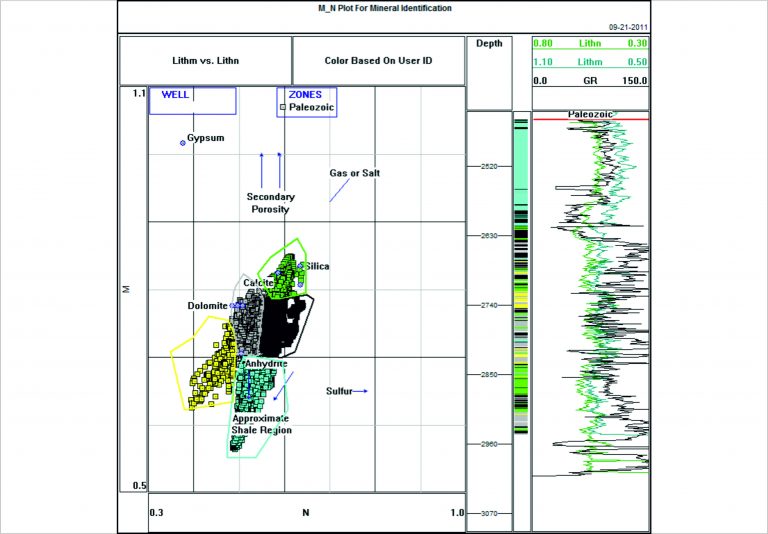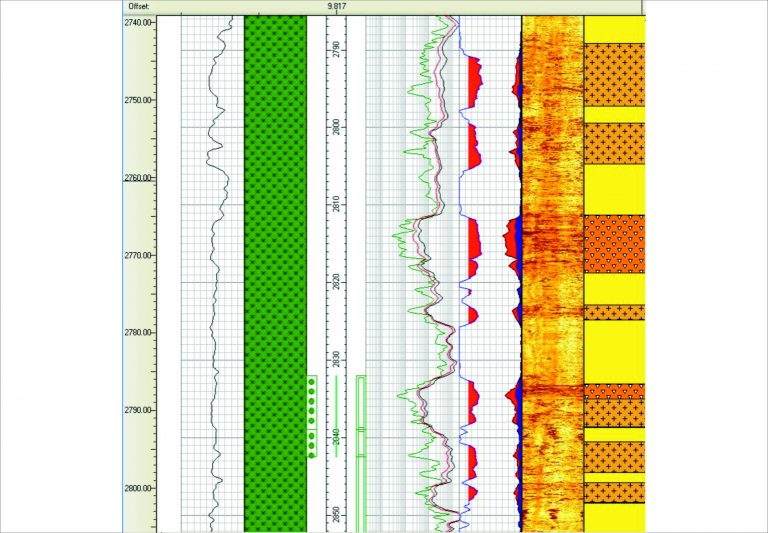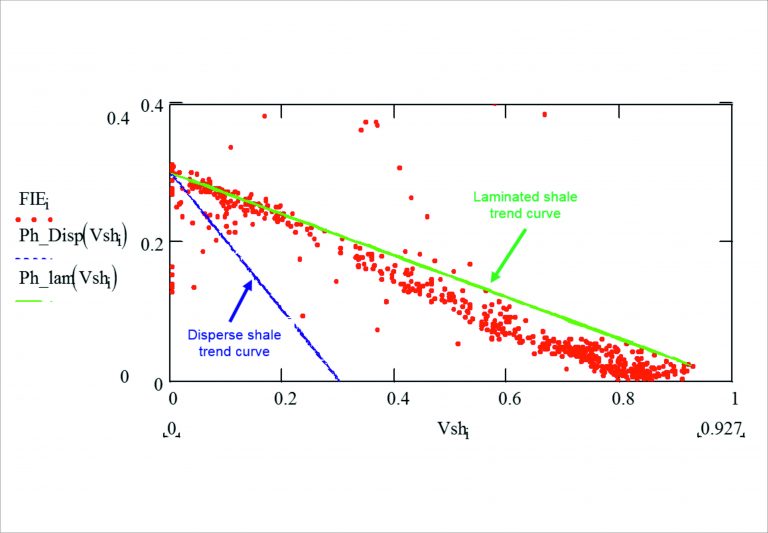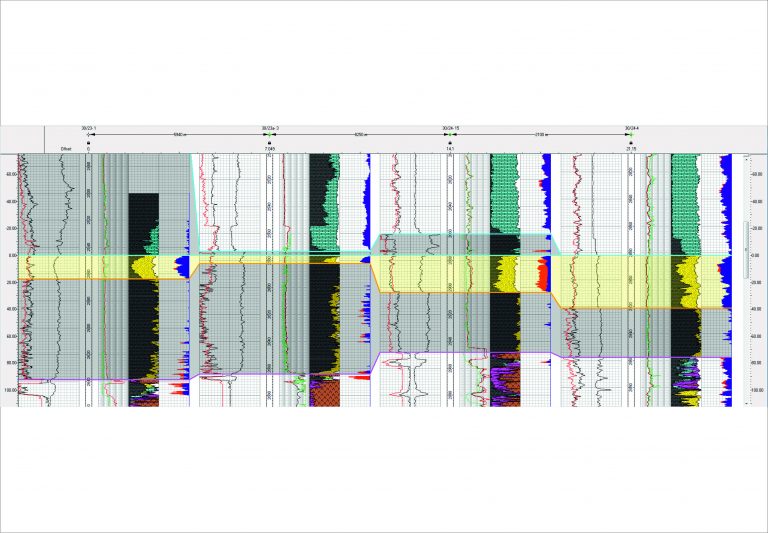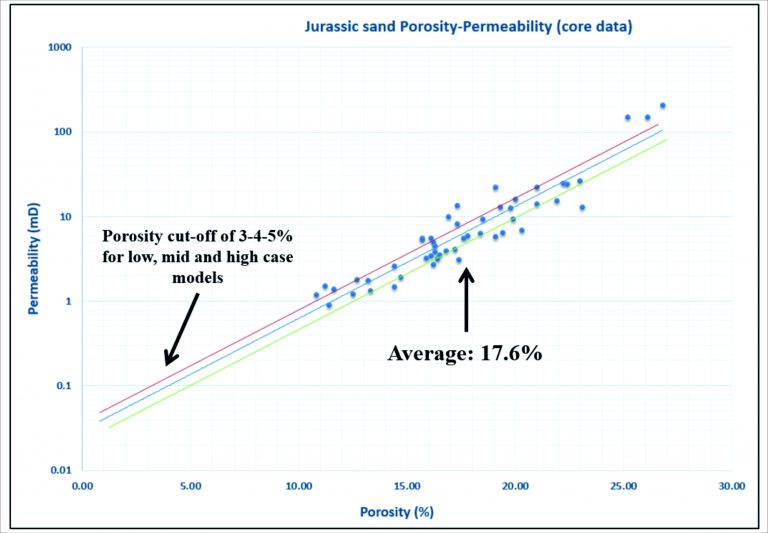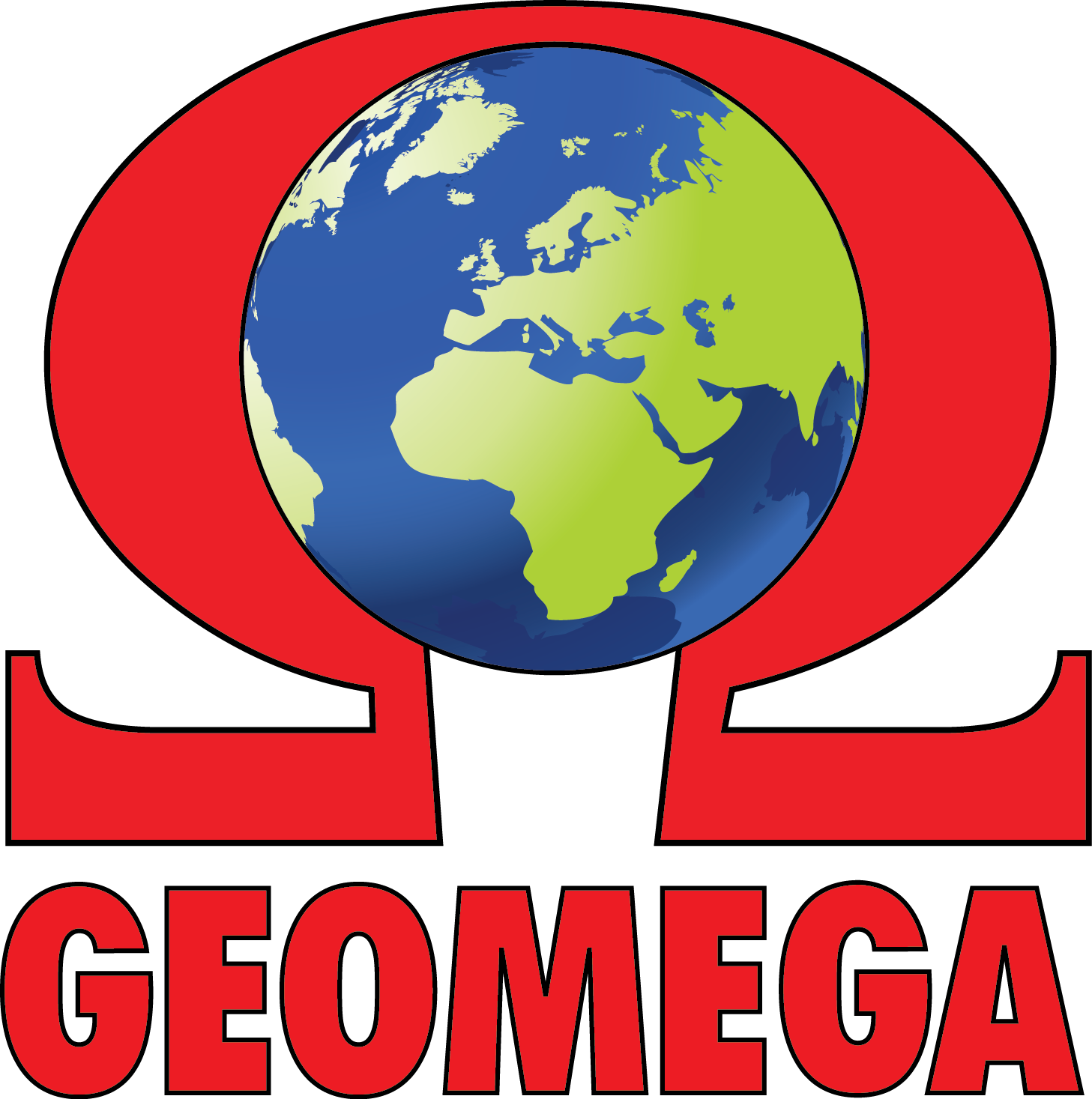Well log interpretation
Apart from point-like core samples, only geophysical well logs can provide reliable information about the formations drilled by a water-, hydrocarbon- or geothermal exploration well. None of these logs however measure directly those petrophysical parameters (porosity, water saturation, degree of fracturing, clay content, etc.), which are required by the hydrocarbon exploration experts. These parameters are only calculated and concluded from the changes of the various physical properties (resistivity, acoustic travel time, degree of scattered gamma radiation from natural or active sources, degree of neutron scattering) measured by these tools.
Inversion and interpretation of geophysical well logs require large experience and an integrated methodology, for which we utilize not only the well logs themselves, but also other information acquired during drilling (water salinity, results of cutting studies, mudgas indications, etc.).
Our experts with many decades of experience have worked in various geological environments:
- Conventional clastic and carbonate reservoirs
- Unconventional reservoirs: tight sand, tuff, tuffite, agglomerate, lava rocks
- Laminated formations
- Fractured carbonates and crystalline basement formations
- Evaporites
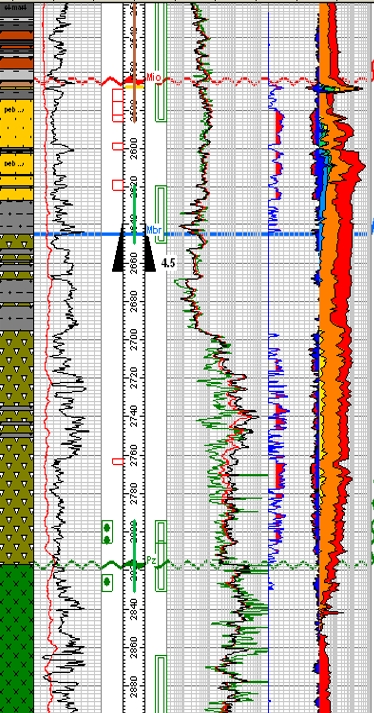
Petrophysical interpretations are often carried out by the contractor who acquired the data, which impose some risk. Namely, the contractor forms opinion about its own measurement on one hand, and they often do not have access to regional and offset borehole geological data, on the other. The evaluation and characterization of hydrocarbon reservoirs of aquifers carried out by Geomega independent and according to the latest industry standards. Whether they are modern or old type (so called „Russian type”) tools, the regional geological and offset well data as well as other borehole information such as cutting and core measurements, mudlog data, formation test results are always integrated into the evaluation.
Beyond classic petrophysical evaluations (porosity, clay content, water saturation, lithology) we provide the following services:
- Evaluation of fracture systems on image logs (acoustic borehole TV, resistivity micro imager)
- Dip determination, fault identification
- Laminated reservoir analysis (TBA, Thin Bed Analysis)
- Evaluation of cased-hole logs
- Detection of seepage behind casing
- Production log evaluation (spinner logs, noise monitoring)
- Determination of phase boundaries
- Calculation of rock mechanical parameters from P and S wave acoustic data
- Anisotropy analysis
- Geological interpretation of the results, quantitative calculations, reservoir characterisation
